|
John Asano
The Gifu Sekigahara Battlefield Memorial Museum

The date is October 21, 1600, and the fate of Japan for the next 260 years is about to be decided in the biggest, bloodiest, and most decisive samurai battle in the history of Japan. The location, Sekigahara, a strategic narrow mountain pass on the western edge of Gifu Prefecture, where the Tokaido and the Nakasendo roads came together. Control this important crossroad between the east and west of Japan, and you control the nation.
Table of Contents
The Battle of Sekigahara
The Battle of Sekigahara was a clash of two great armies, East and West that pitted friend against friend and family against family in a way that divided Japan into two major factions. The leader of the eastern forces was Tokugawa Ieyasu (1543-1616), a daimyo from the Mikawa Province of Aichi Prefecture who was based in Edo (Tokyo). The commander of the western forces was the Toyotomi loyalist, Ishida Mitsunari (1560-1600), an administrator to the previous ruler of Japan, Toyotomi Hideyoshi (1537-1598), who was based in Osaka.
 Tokugawa Ieyasu’s samurai armor
Tokugawa Ieyasu’s samurai armor
The battle opened on an eerily foggy morning with as many as 150,000 samurai warriors taking the ground. By the end of battle, 30,000 samurai had died in the 7 hours of fighting that ensued.
Tokugawa Ieyasu emerged victorious allowing him to seize control of the country and establish the Tokugawa Shogunate (1603-1868) from his home base of Edo. The battle was decisive, ending a long period of civil war and ushering in a period of relative peace that lasted for more than 260 years.
In 1603, less than three years after the battle, Ieyasu was awarded the title of Shogun by the Emperor making him supreme military commander of Japan.
 Flags of the various samurai warlords at Sekigahara
Flags of the various samurai warlords at Sekigahara
Learn About the Historic Battle
The best place to experience and learn all about this historic battle is at the Gifu Sekigahara Battlefield Memorial Museum (岐阜関ケ原古戦場記念館) in Sekigahara, Gifu Prefecture.
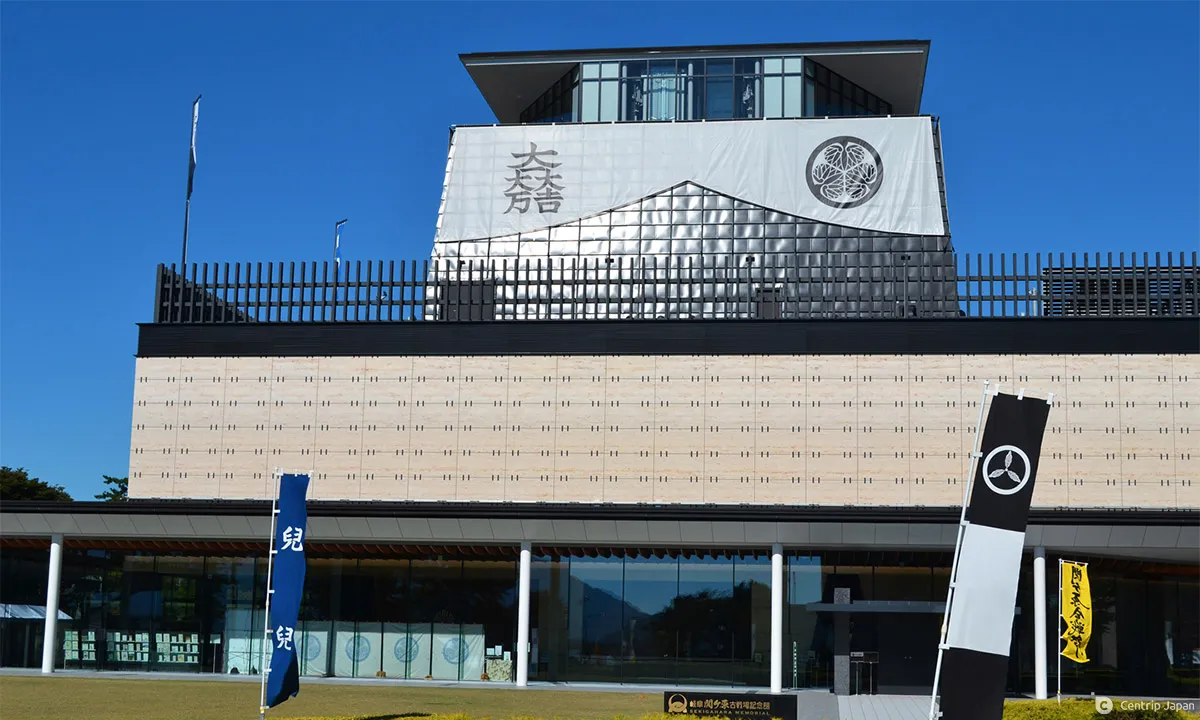 The Gifu Sekigahara Battlefield Memorial Museum
The Gifu Sekigahara Battlefield Memorial Museum
This modern facility opened in 2020 and tells the story of the famous Battle of Sekigahara in 1600. The experience-based museum makes use of the latest technology to provide visitors with a first-hand experience of this historic event. It has a state-of-the-art visitor center with various exhibits and displays to help you learn more about and gain a deeper understanding of the decisive battle. The good news is that most of the information is in English too.
This is no ordinary museum; it is very interactive. The museum is home to a ground vision screen, VR simulations, and a 5th floor observation room. The actual battle took place on the site around the museum and the battlefield has been designated a National Historic Site of Japan.
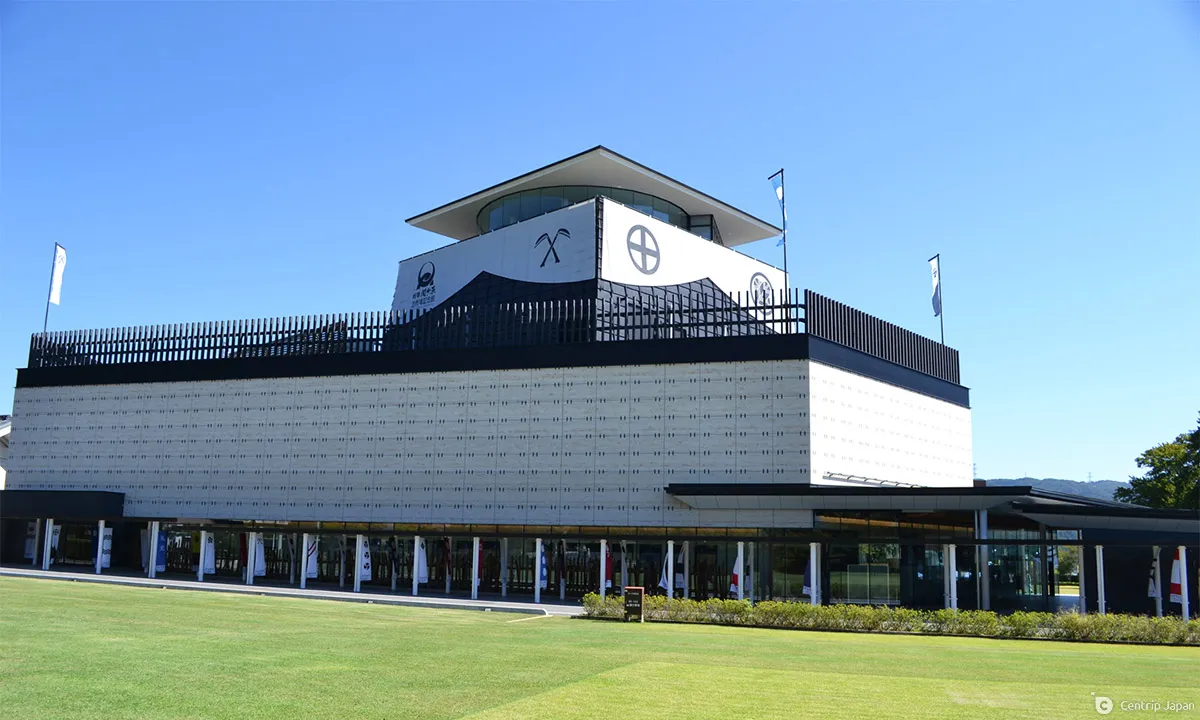 The museum is on the site of the actual battle
The museum is on the site of the actual battle
The Ground Vision Screen
The entry point to the first floor of the museum is a small corridor with a screen showing the important dates leading up to the famous battle. It leads into a room with a giant ground vision screen, which gives visitors an overhead view of the east and west command posts which divided the whole nation.
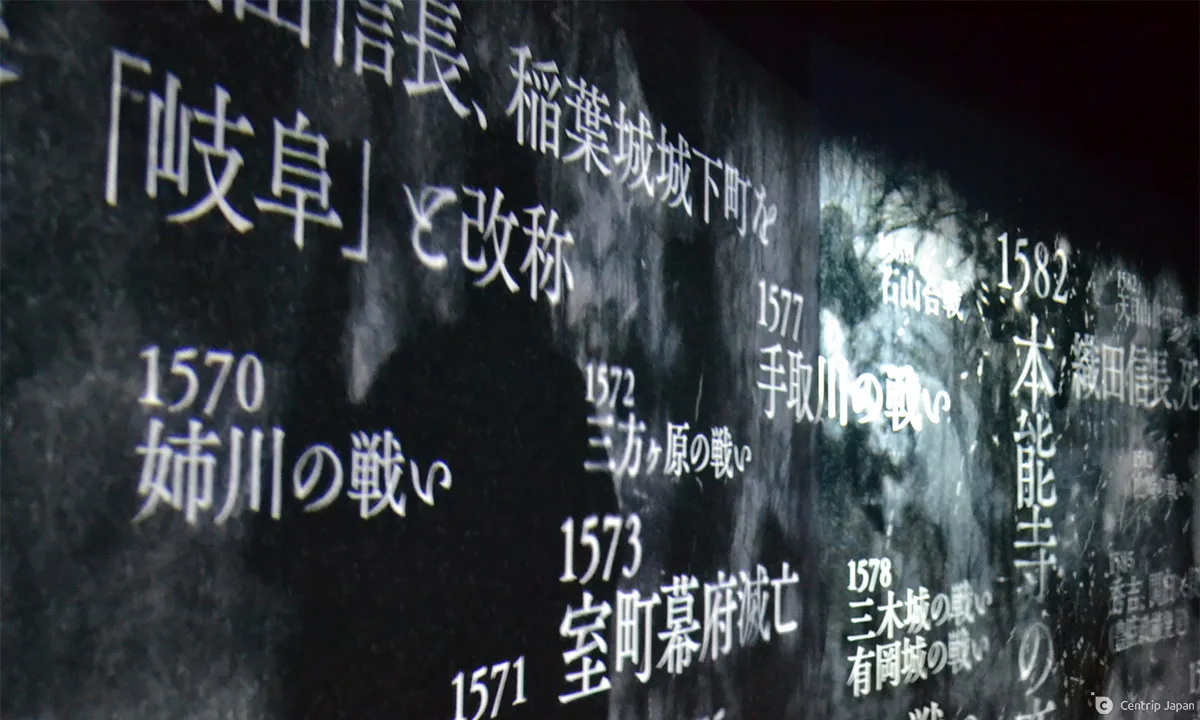 Screen with important dates leading up to Sekigahara
Screen with important dates leading up to Sekigahara
The giant floor screen shows the immense scale of the battle and the various camps of the samurai commanders as well as the troop positions and movements during the battle. It really provides a fantastic summary of the battle in only a few short minutes.
The Theater Room
Next to the ground vision screen is a theater room, where visitors can watch a recreation of the violent confrontation between the two forces. The powerful imagery of the clash between the two large armies gives you a sense of what it was like on that fateful day and to experience what the atmosphere of the battlefield was like on that foggy October morning.
 The Battle of Sekigahara from the Theater Room
The Battle of Sekigahara from the Theater Room
You actually feel like you are right there in the thick of the battle with thrusting swords and spears. The seats vibrate as the ground would have during a cavalry charge creating a strange sense of reality. You feel connected to the battle rather than watching it from afar as in the previous room.
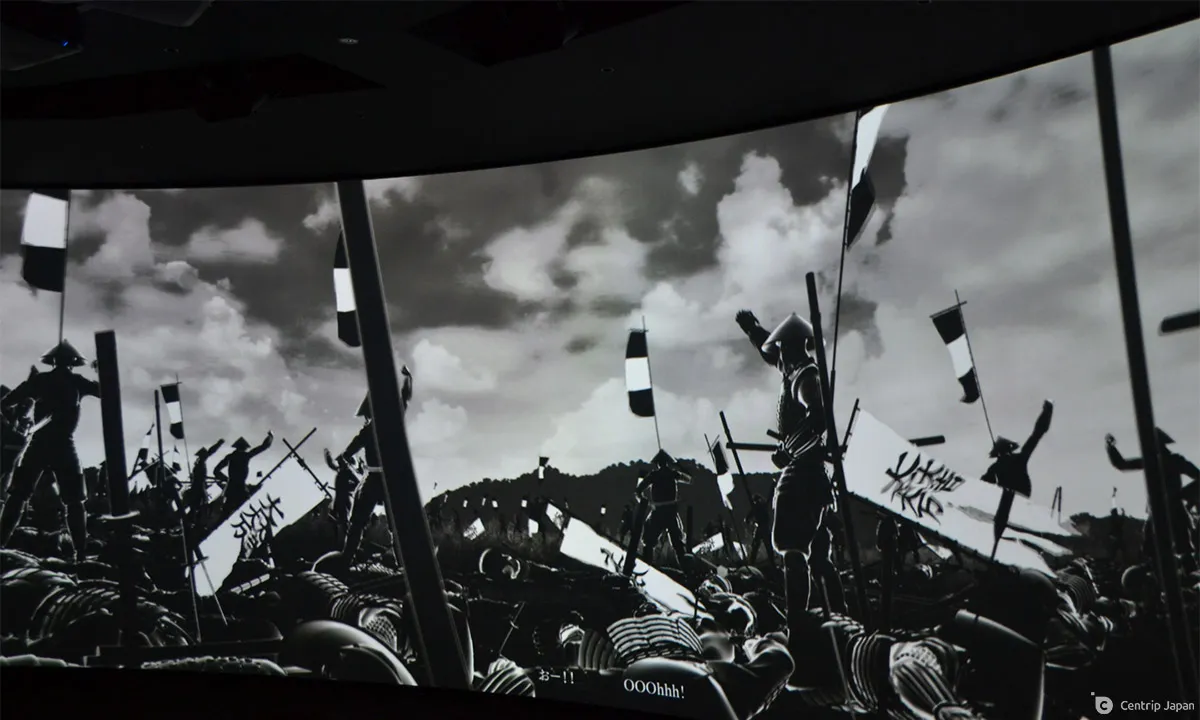 In the thick of the action in the Theater Room
In the thick of the action in the Theater Room
The Second Floor
The second floor is home to permanent exhibits of the Battle of Sekigahara that allow you to experience the historic battle with all five of your senses.
The exhibition room has replica armor of the famous leaders and samurai commanders, documents and scrolls and even some real samurai swords. It allows you to learn more about the lead-up to the historic battle as well as its aftermath.
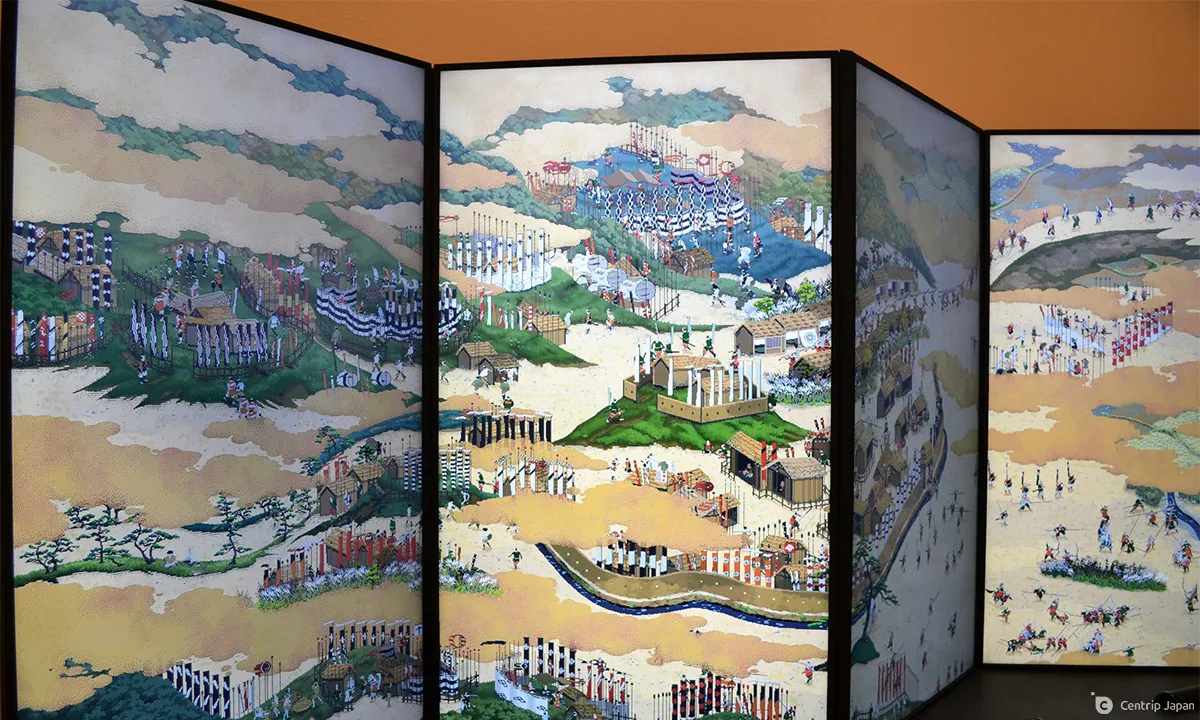 Folding screen depicting the battle outside the exhibition room
Folding screen depicting the battle outside the exhibition room
The Sengoku Experience Corner with its interactive exhibits allows visitors to experience what first-hand man-to-man combat was like during Japan’s Warring States (Sengoku period). Visitors can pick up reproductions of 16th century weapons such as samurai swords and spears, as well as matchlock guns.
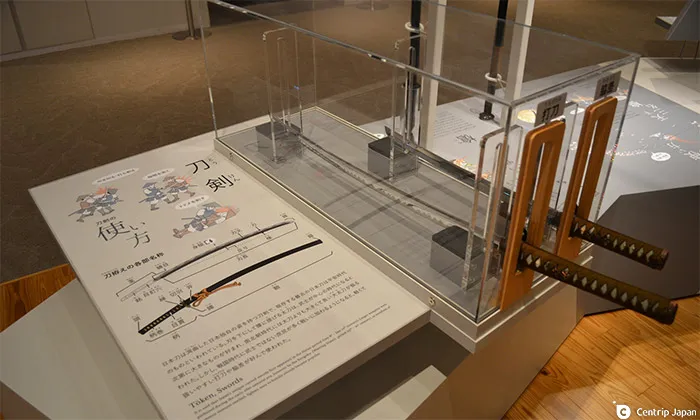
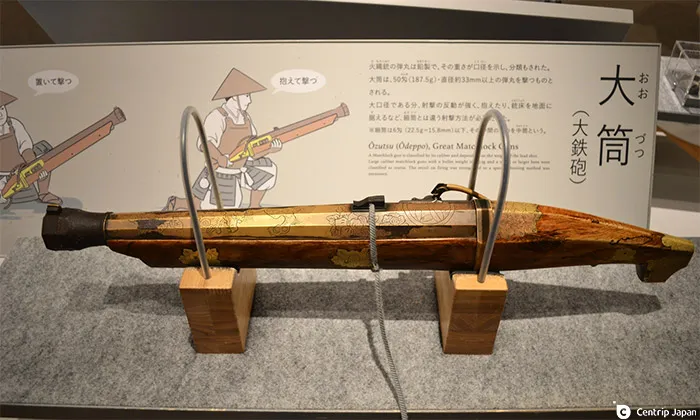
A really cool experience here is to dress up as a samurai warlord and have your photo taken. You can choose the color of your clothing as well as the background portraying the battle on the green screen for your photo.
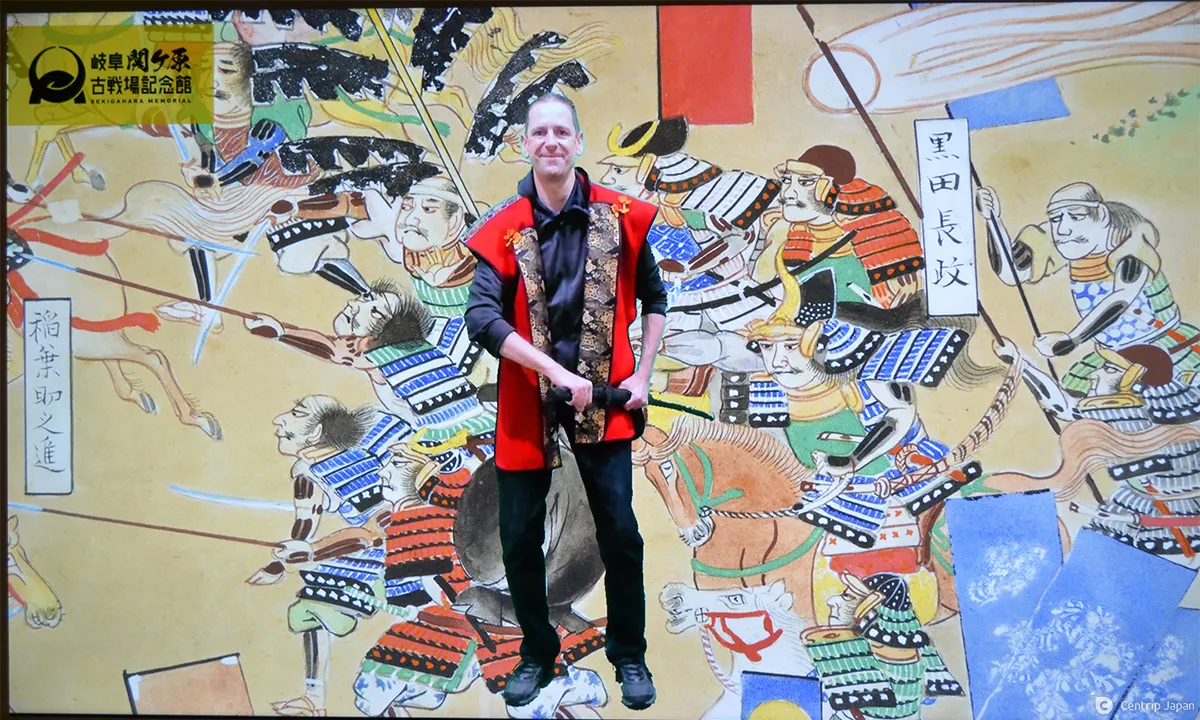 Yours truly dressed as a feudal warlord
Yours truly dressed as a feudal warlord
The fifth Floor Observation Room
The fifth-floor observation room on the top floor offers panoramic views of the entire battlefield and the various command camps located around the area.
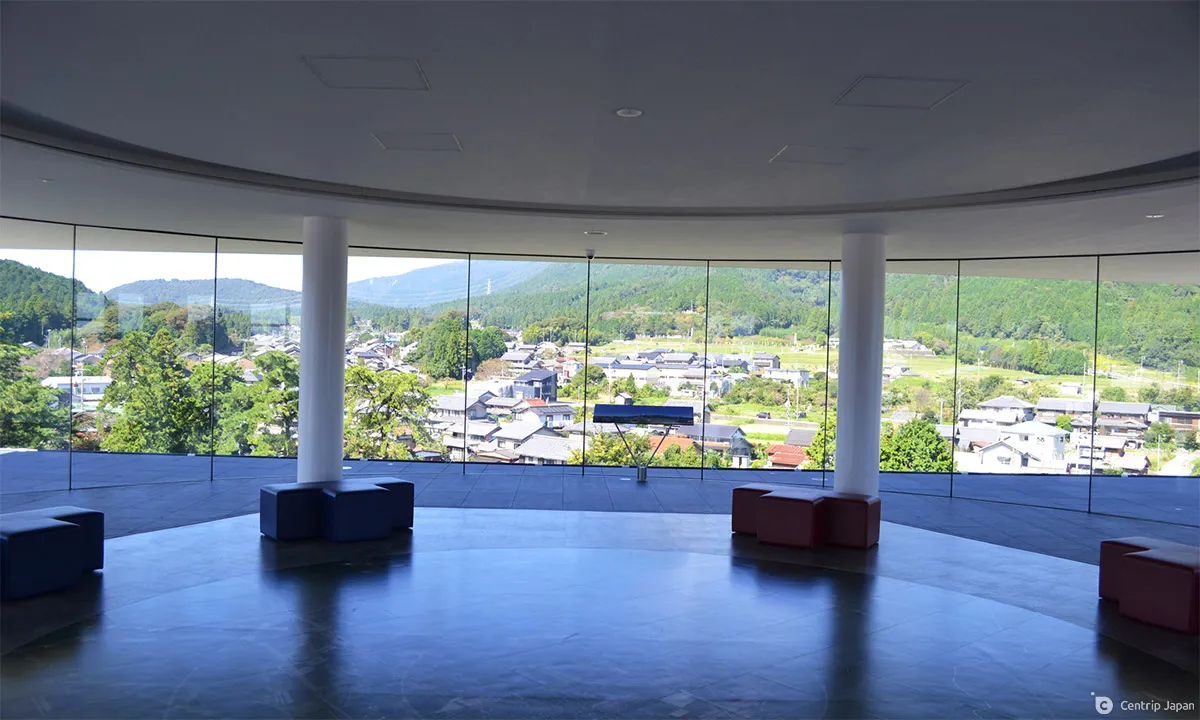 The fifth-floor observation room
The fifth-floor observation room
The large glass windows offer a fantastic view of Ishida Mitsunari’s western forces headquarters on nearby Mt. Sasao.
 Ishida Mitsunari’s encampment on Mt. Sasao
Ishida Mitsunari’s encampment on Mt. Sasao
It provides a real-life setting for the battle and the exhibits on display within the museum.
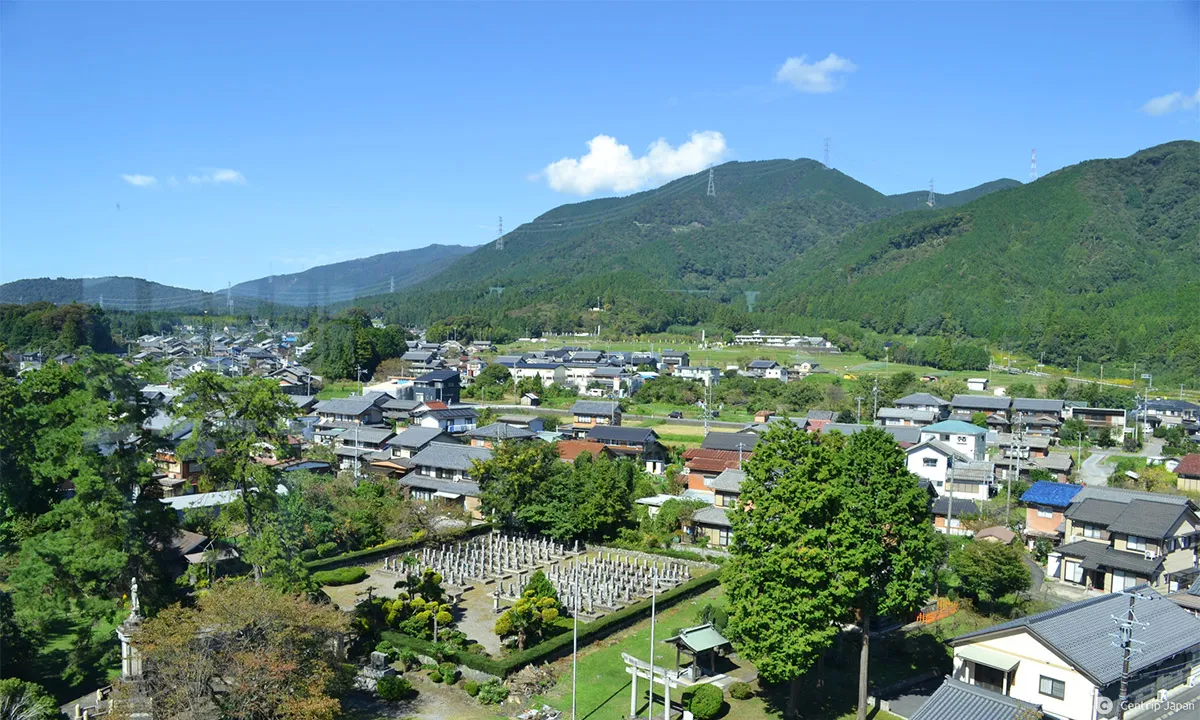 Panoramic view from the observation room
Panoramic view from the observation room
The Tourist Information Corner
The first floor of the museum is home to a tourist information corner where visitors can arrange a guided tour of the historical battlefield sights in Sekigahara or rent bicycles for their own tour.
Around the Museum
There is also plenty to see and do around the museum. Right next door is Tokugawa Ieyasu’s final encampment. This central location was where Tokugawa Ieyasu moved his command post from Mt. Momokubari, a small hill about 2 km east of here. Ieyasu wanted to be closer to the action to rally and inspire his troops to victory. This spot was also where Ieyasu inspected the heads of slain enemy commanders that his allies had taken.
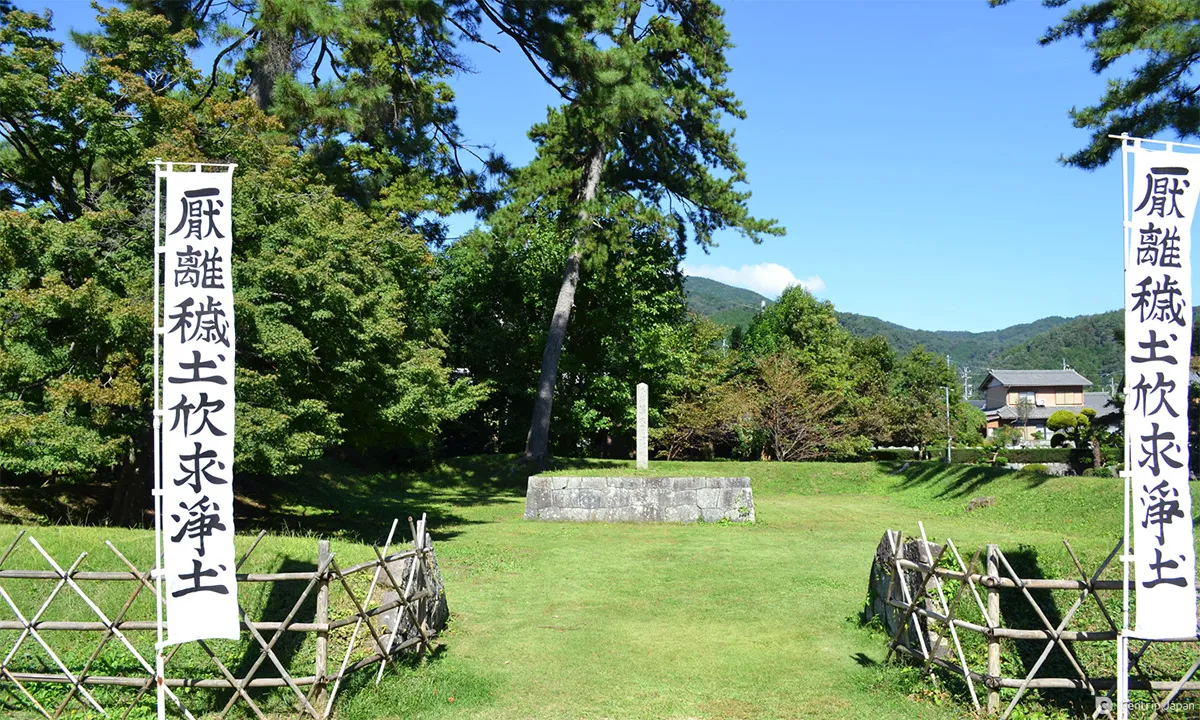 Tokugawa Ieyasu’s final encampment across from the museum
Tokugawa Ieyasu’s final encampment across from the museum
The head viewing ceremony was a custom to pay respect and mourn the deceased as well as determine the victor’s prowess in battle. The heads were cleaned, perfumed, registered, and mounted for inspection.
A little further down the road just before the museum is the Eastern Head Mound. The severed heads of the samurai killed at Sekigahara were buried in a deep pit here following the head viewing ceremony at Tokugawa Ieyasu’s final encampment. A large tree has grown over the remains of the pit.
 The shrine at the Eastern Head Mound
The shrine at the Eastern Head Mound
 The large tree marks the graves at the Eastern Head Mound
The large tree marks the graves at the Eastern Head Mound
The Battle of Sekigahara Festival
Aside from the museum, you can catch a glimpse of how the battle might have looked by attending the Battle of Sekigahara Festival, which is held annually in mid-October. The festival takes place over two days and features a battle reenactment, which is the main event for the festival.
Wrap Up
The Battle of Sekigahara was the greatest samurai battle in the history of Japan and a major turning point in the future direction of the nation. The Gifu Sekigahara Battlefield Memorial Museum is a must visit for anyone interested in history and Japan’s samurai past. General admission to the museum is ¥500.
 The Sekigahara Tourism Center in front of Sekigahara Station
The Sekigahara Tourism Center in front of Sekigahara Station
How to Get There?
From Nagoya Station, take the JR Tokaido main line to JR Ogaki Station. Here change to a local train headed to Maibara which will take you to Sekigahara Station. It takes around 50 minutes in total and costs ¥990 (one way). The museum is a short 10-minute walk from JR Sekigahara Station.
Click here to get the latest information on Central Japan.Centrip Japan - Nagoya and Chubu Information

